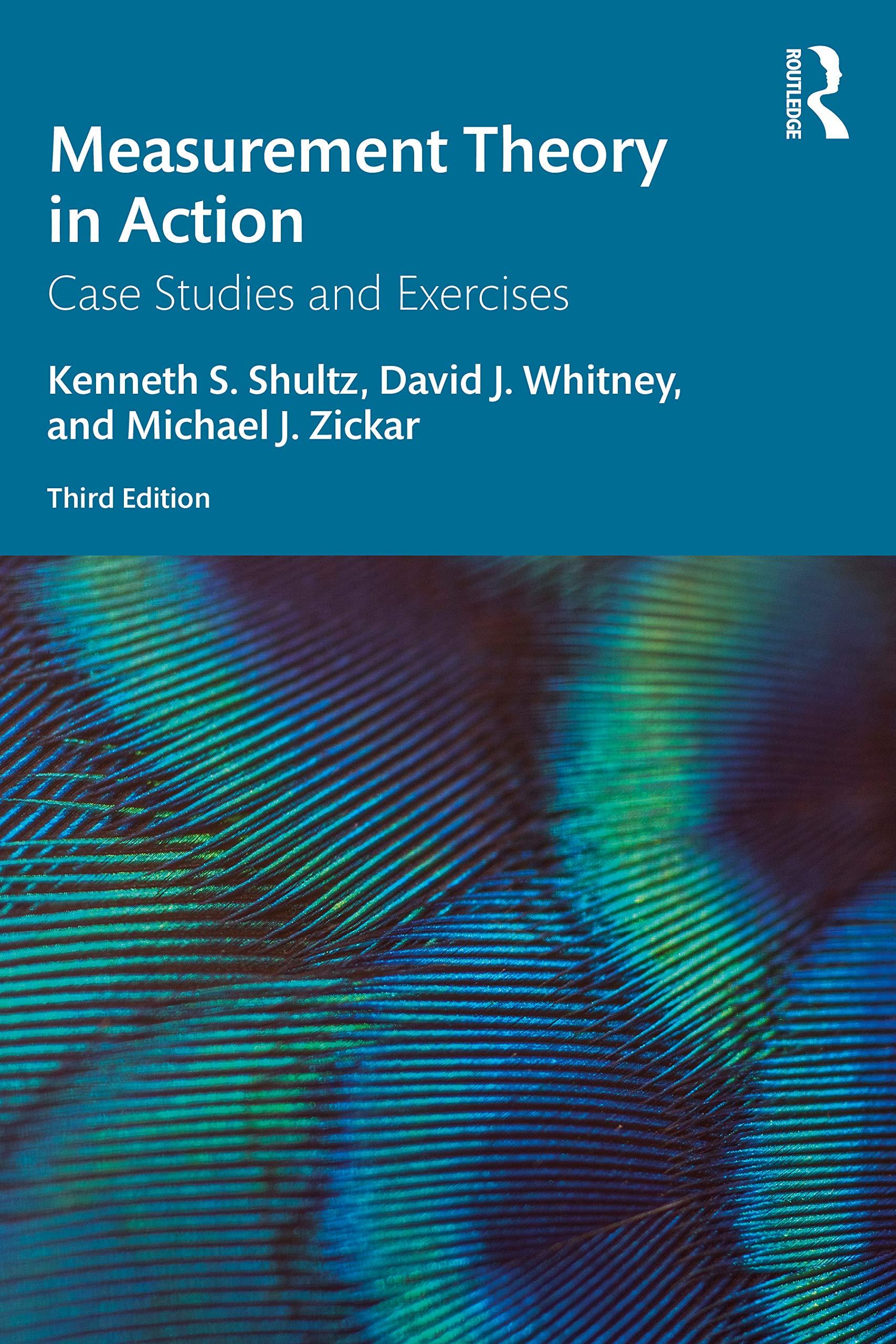Question
Make sense of the accompanying Java watchwords. For each compose sentence giving an outline of what's going on with the word, then either compose second
Make sense of the accompanying Java watchwords. For each compose sentence giving an outline of what's going on with the word, then either compose second sentence that shows how it finds a place with related ideas or compose little code-piece to represent its motivation: (a) if; (b) executes; (c) import; (d) instanceof; (e) int; (f ) interface; (g) bundle; (h) private; (I) public; (j) safeguarded. [2 marks each] Please keep your clarification of every catchphrase brief so the entire solution to this question stays a sensible size: you are not supposed to create a nitty gritty clarification or thorough delineations.
Consider articulations addressed utilizing the accompanying ML datatype: datatype exp = Var of string | Neg of exp | Divide of exp * exp (a) Using no less than one association, characterize a sort or types in the C language for advantageously putting away such articulations. [5 marks] (b) Give proficient C code that checks whether two designs address indistinguishable articulations. (Try not to consider whether they could assess to a similar outcome.) Explain the amount of the information articulations is investigated when they vary. [4 marks] (c) Given that a ton of articulations are to be quickly produced and disposed of, what contemplations apply to capacity the board? Characterize and examine no less than 3 unique ways to deal with capacity the executives. [5 marks] (d) The replacement activity for an articulation replaces all events of one variable with another variable. Considering that sub-articulation trees are ordinarily shared over various articulations, make sense of an issue that could emerge in the replacement activity. Make sense of the subtleties of an answer for the issue by giving code or in any case. [6 mark
(a) Derive an articulation for the inclination Ei(w) wj for weight wj in a result hub whenever Ei(w) is the blunder for the ith model Ei(w) = 1 2 (yi h(w; xi))2 , h(w; xi) is the result of the total organization for the ith model, and (a) = a. You really want just determine the articulation for the result hub. [3 marks] (b) Derive an articulation for the angle Ei(w) wj for weight wj in a result hub when (a) = 1/(1 + exp(a)) and the blunder for the ith model is Ei(w) = yi log h(w; xi) + (1 yi) log(1 h(w; xi)). You might utilize the way that d(a)/da = (a)(1 (a)). You want just infer the articulation for the result hub. [7 marks] (c) In the standard backpropagation calculation the focal amount of interest for every hub N is = Ei(w)/a. It is recommended that, rather than involving hubs in the structure introduced above, we present capacities i and build multi-facet networks from hubs that register z = (a) where a = Xn i=0 wii(z). Here, z T =
z0 z1 zn
also, the capacities i are fixed, having no further boundaries. A multi-facet perceptron is built from hubs of this sort. Give a nitty gritty, general determination of the recipe for processing for a non-yield hub N in this organization, expecting you know the upsides of for the hubs associated with the result of N. [10 marks
The standard direct relapse model purposes a speculation
h(x, w, b) = wT x + b
to fifit m models ((x1, y1), . . . ,(xm, ym)) by limiting the blunder
E(w, b) =
m
X
i=1
(yi h(xi, w, b))2 .
(a) Derive an angle plummet calculation for preparing the direct relapse model
depicted. [5 marks]
(b) In the utilization of interest, you accept that preparing to such an extent that is attractive
the learned boundaries have ||w|| ' 1. Propose a modifification to E(w, b) that
works with this, and determine the relating slope plummet preparing calculation.
[5 marks]
(c) Describe the parts of an overall heuristic hunt issue. [4 marks]
(d) You are confronted with a heuristic hunt issue, however the heuristics you have up until this point
created are less effffective than wanted. Propose two manners by which regulated
AI may be utilized to foster a superior heuristic, referencing if
essential any comparing burdens of utilizing the methodology. You may
expect that an assortment of issues to be tackled by the heuristic pursuit is
accessible. [6 marks]
Step by Step Solution
3.48 Rating (164 Votes )
There are 3 Steps involved in it
Step: 1
a if The if keyword in Java is used to create conditional statements It allows the program to make decisions based on certain conditions The if statement checks if a given condition is true and if it ...
Get Instant Access to Expert-Tailored Solutions
See step-by-step solutions with expert insights and AI powered tools for academic success
Step: 2

Step: 3

Ace Your Homework with AI
Get the answers you need in no time with our AI-driven, step-by-step assistance
Get Started


